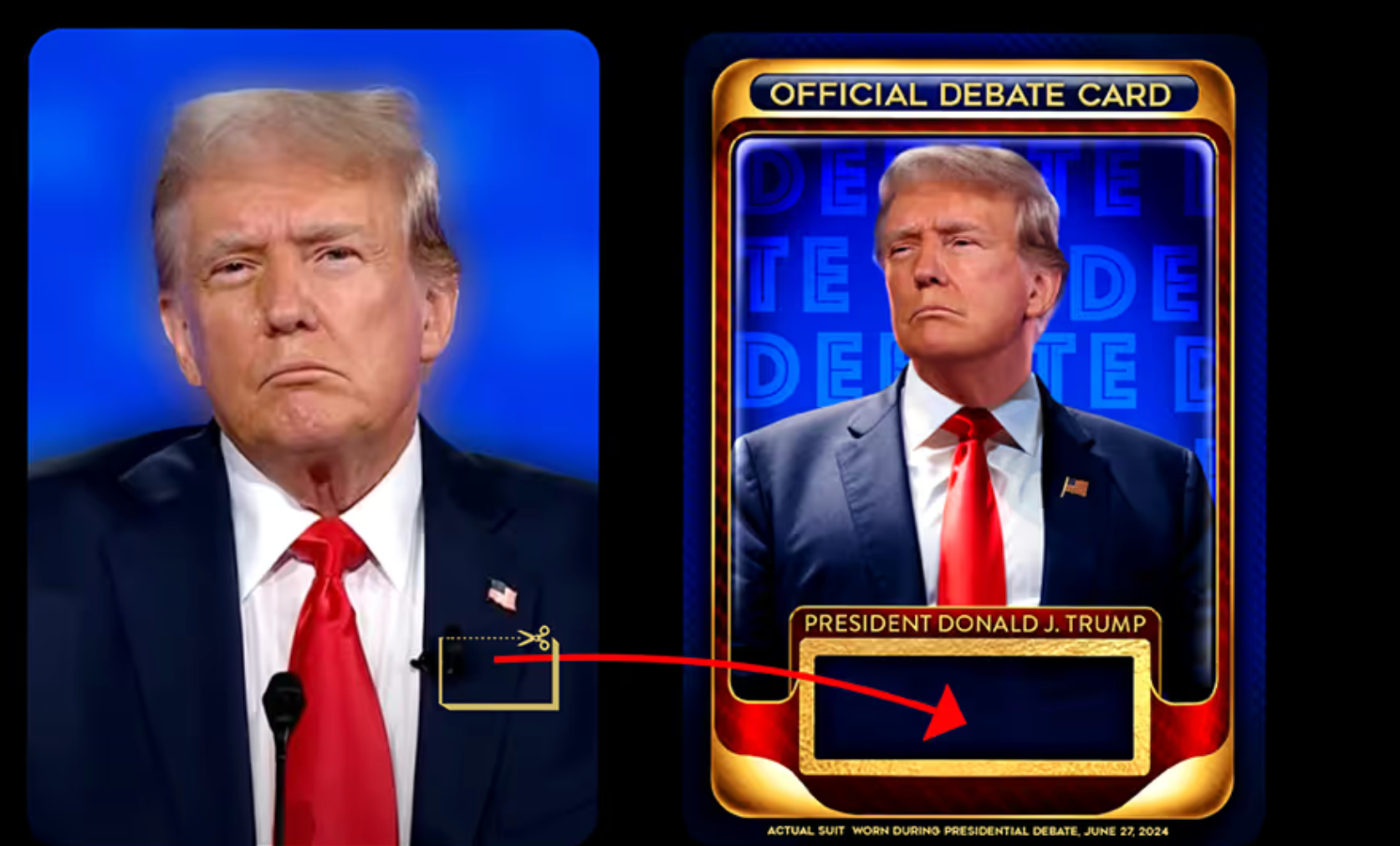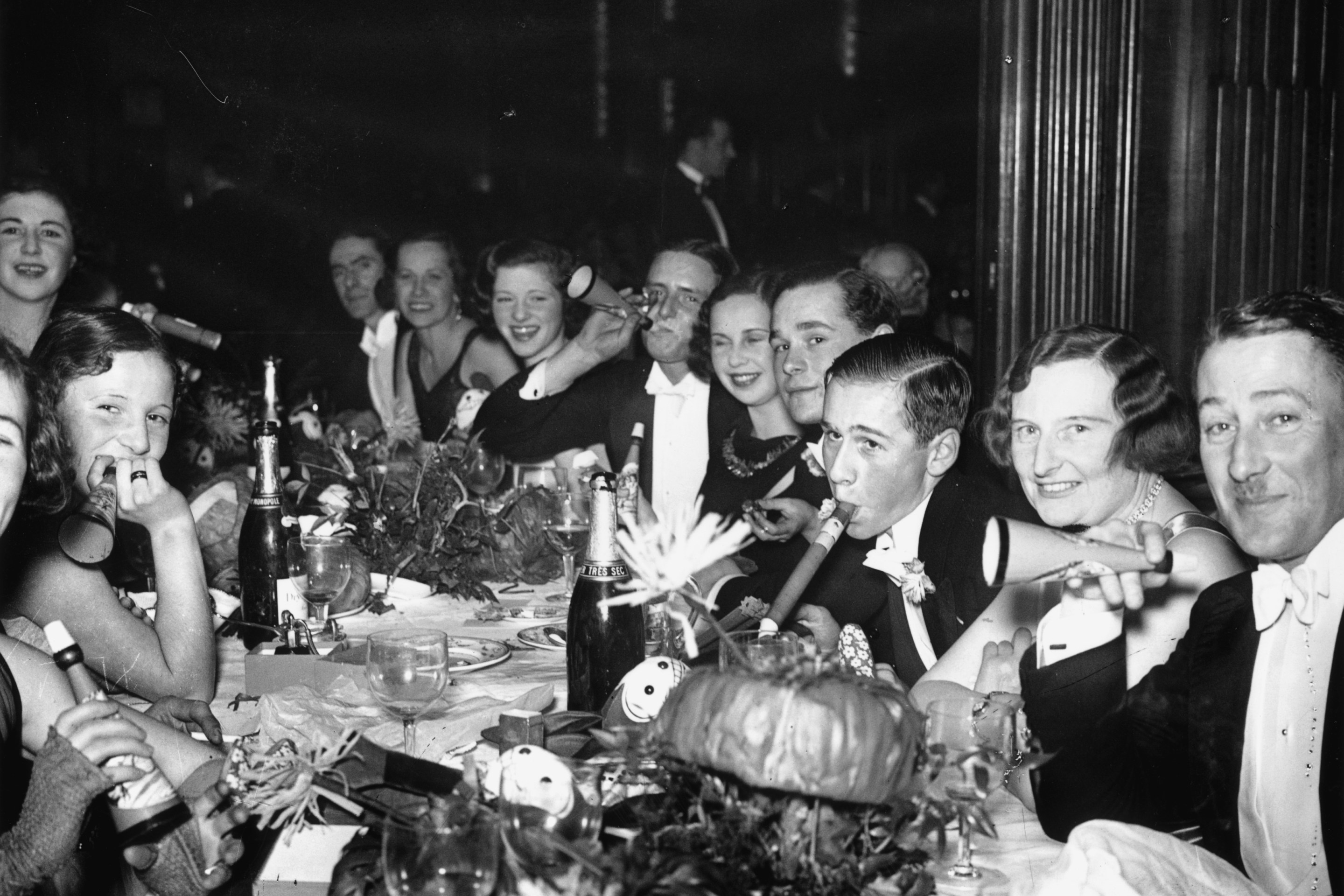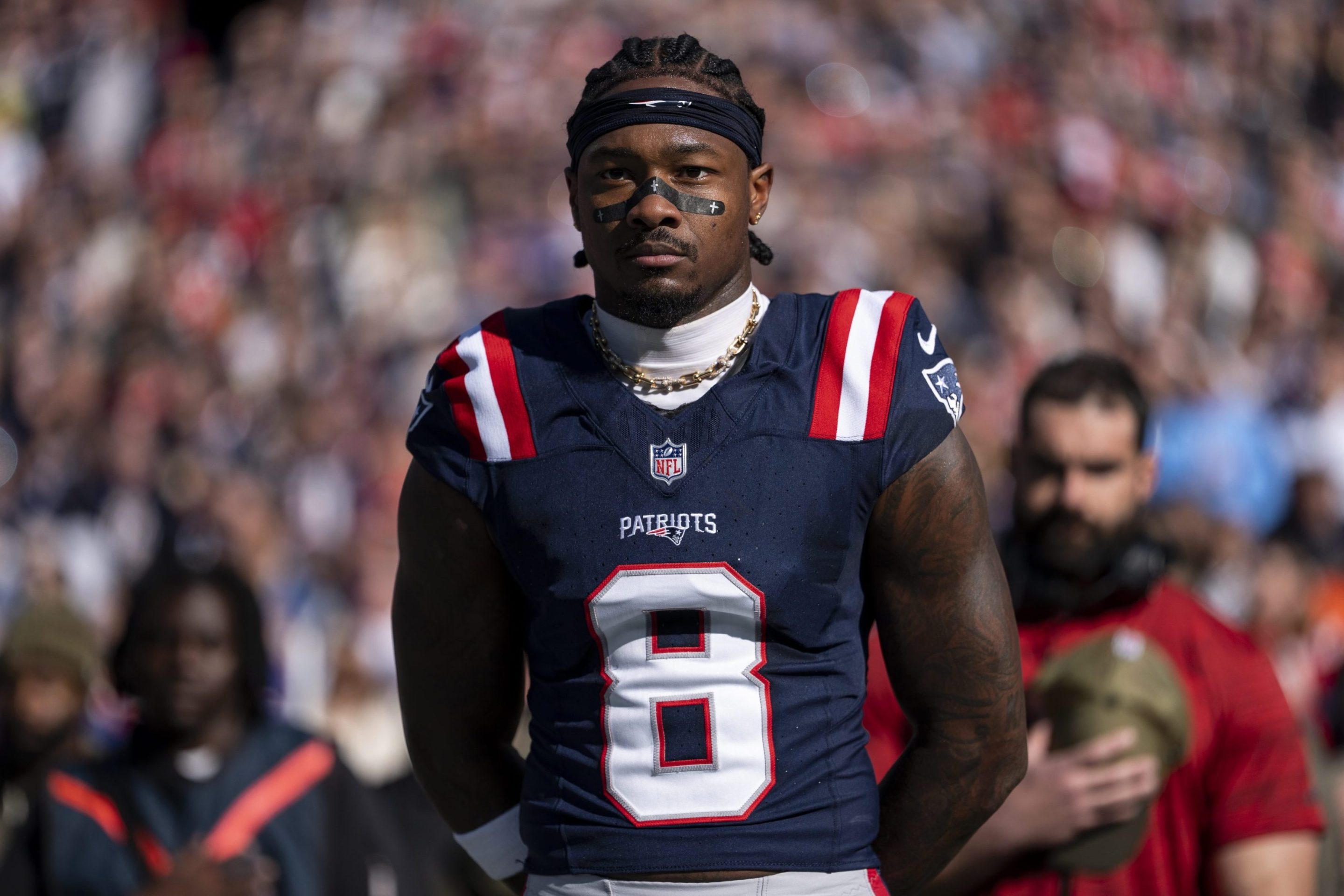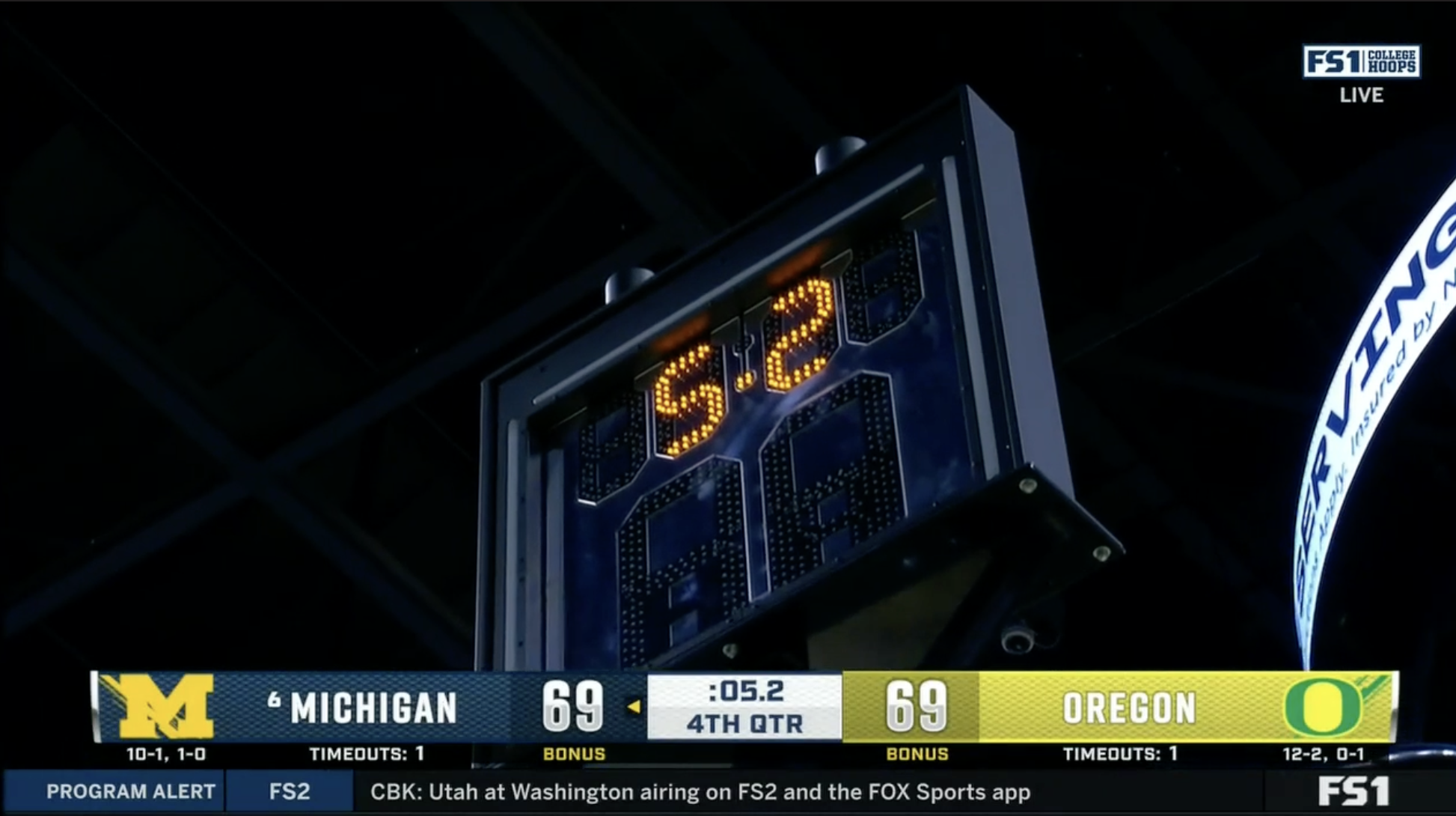If Donald Trump does something once, he will generally go on doing it. The ramshackle sum of his rancid being amounts to all the things that he started doing and never stopped doing, not so much despite being told to stop but because of it. A lot of lousy people are like this. Instead of ever figuring out what kind of person they wished to become, they simply accumulate and compound; instead of finding something to care about, they just figure out what they can get away with. While it seems in retrospect inevitable that Donald Trump would eventually have lent his name and the ripe, buffed meme-ified version of his face to an oafish NFT hustle, it absolutely was inevitable that he would continue to do it.
That first batch of NFTs, which arrived just in time for Christmas in 2022, was garish and slapdash even by the degraded standards of that scene; NFTs had long since begun their initial descent into punchline territory, but the run sold out. A financial disclosure earlier this month revealed that Trump has made $7 million from his NFT licensing agreement, which is much more than the $300,000 he reported having earned on the line of Trump-branded bibles he promotes in association with "God Bless The U.S.A." singer Lee Greenwood.
So it was not just Trump's signature recursive desire that brought him back to the NFT game earlier this week. It was that in addition to his other signature desire, which is to get a bunch of money from people for doing the things he always does. There's probably no way to do this sort of thing that doesn't look shabby, insulting, and cheap. If such a way exists, this is not it:
As with the promo Trump cut for his first run of NFTs, there's a lot for connoisseurs to enjoy here. There's the man himself, looking faintly glazed while swaying and muttering and visibly wincing before saying the word "Bitcoins," as he reads the promotional text for what is very clearly the first time; there are the trading cards themselves, which exist at the clammy midpoint between the gilded dogshit jankiness of Trumpian aesthetics and Praying Military Facebook AI; there's Trump attempting to add value to the copy through some drowsy hedging ad-libs and phrases like "we really have tremendous dinners." I found myself really enjoying the soundtrack this time, a kind of faux-Avengers epic number that pairs nicely with some classic Tim & Eric editing and vintage uncanny pausework from the big fella.
By both the standards of NFTs and the usual low-energy Trumpian graft, it's honestly pretty dispiriting. This is the fourth series of NFTs that Trump has released. The first two editions, at 44,000 and 46,000 NFTs respectively, both sold out at $99 per NFT, although Decrypt notes that issuing the second set "torpedoed" the value of the first. Only a little more than half of the last campaign's 100,000 NFTs sold at the same price, and this one could involve minting as many as 360,000, per the CollectTrumpCards site.
It wouldn't be a Trump business gambit if it wasn't obviously a bad deal for everyone involved but him. Here, as elsewhere in the Trump universe, there is the faint sense of literal and figurative diminishing returns. There is no new sales pitch on offer beyond the limited-time opportunity for America's least discerning and most servile reactionaries to clap this fetid and handsy Tinkerbell back to life by buying some dumb merchandise with his name on it.
Even the promised perks just involve more Trump. "In this Edition, some digital trading cards may even be one-of-ones (the only one in the world), while some others could even be autographed by President Donald J. Trump," the promotional text at CollectTrumpCards.com reads. "These rare cards will be randomly awarded." People who buy 75 or more cards—that's $7,425—will get an invitation to one of those Tremendous Dinners, and a chance to briefly stand next to Trump himself. People who buy 250 cards—that's nearly a $25,000 outlay, none of which is directed to Trump's campaign; the NFT company that licensed his name asserts that the cards are "not political and have nothing to do with any political campaign"—will get two dinners and cocktail hours, and three pairs of Trump's sneakers.
The fine print, vis-a-vis those Tremendous Dinners, reads: "In the event President Trump is unable to attend the Gala Dinner and/or cocktail reception, or if the Gala Dinner and/or cocktail reception cannot take place for any reason (including, but not limited to, force majeure (such as a governmental order or mandate, epidemic, pandemic, or any other causes beyond our reasonable control)), then in our sole discretion we may reschedule the Gala Dinner and/or cocktail reception, or individuals who qualified to receive tickets for the Gala Dinner and/or reception will be awarded a limited edition Trump NFT in lieu thereof."
The most notable innovation here isn't really even an innovation at all. People who buy 15 NFTs will get what is known in the trading card business as a "relic card," in this case one that purportedly includes a swatch of the suit that Trump wore during his debate with Joe Biden in June. In his last NFT edition, Trump sold relic cards featuring the suit he wore when he was arrested in Georgia. "It was a great suit, believe me, a really good suit," he said in that promotional video. "It’s all cut up, and you’re gonna get a piece of it."
The idea of relic cards has nearly run its course, both because the industry included them too haphazardly in its products and because the bits of purportedly game-used bats or player-worn uniforms became harder and harder to trust. The Sandy Alcantara relic card that I recently pulled out of a pack of Topps Heritage stipulates that it "is not from any specific game, event, or season." It is identifiably fabric, but not identifiable as anything more significant than that. The market has responded about as you'd expect. "Based on how collectors react to relic cards nowadays, and how low sellers price them, I think we are at a point of no return in collector perception," the baseball card blog Big League Cards writes. "Relic cards just aren’t exciting anymore."
You will smell some things, if you live long enough. I have, for $10 an hour, used a power washer on the blacktop under a supermarket's compactor. I have walked down city streets on 100-degree days. When I was a child my dad tried, just once, to make gefilte fish at home. But one smell in particular has stayed with me for nearly two decades, both because of its almost implausible nastiness and the incongruous context in which I experienced it.
At the time I was working at Topps, editing the text on the backs of trading cards. In basically every sense I was unemployable then, but Topps was a good place for someone like that to be employed. You showed up, and things just kind of happened to you or didn't. Other people, with more important jobs than mine, certainly worked harder than I did. But it suited me pretty well, getting off the train and going into a normal-looking office of bad lighting, drop ceilings, and gray cubicles through which a professional athlete would occasionally wander on his way to sign autographs that would be later affixed to cards. It was a job at which a big box might arrive unexpectedly from the NHL, and on this day such a box did arrive. The smell I am talking about was in there.
The box contained a bunch of game-worn jerseys from the NHL All-Star Game. These jerseys had very clearly not been laundered after the game, and to all appearances had been stuffed, damp and hideous, into the box that was then mailed to our offices. There were notes of fermentation in there for sure, and the specific kind of yeasty stink unique to hockey gear, and the more obscure odor that is more or less the product of time. A nice grace note here: Topps had lost the license to make NHL cards just a few weeks earlier. I do not know what happened to the jerseys, which had been sent to the office so that they could be cut up and inserted in the company's next NHL set, but they did not wind up in hockey cards. It is more likely than not that they just wound up in the trash.
While it absolutely would have worked in this case, relics in trading cards were not verified by how authentically bad they smelled. There was some text explaining that it was either "player-worn" (generally meaning that the guy put on a jersey and then took it right off) or "game-worn" (what it looks like it means, although what game was not specified). Collectors could know at least a little bit about what they were holding. The people paying for Trump relics will have to accept that the cloth in their cards is an "authentic piece of the fabric from President Trump's personal suit worn during his debate appearance." No one who would make such a purchase would doubt this for even a moment.
While it is tempting to say that baseball card collectors are more discerning than the sort of person who would pay $99 for a digital card featuring an image of Trump dancing, there's a difference here. Baseball card collectors seem to have decided that they can't trust the origin of the fabric in their relic cards; it's not an unreasonable suspicion. The people who pay for Trump relic cards will get a similar janky keepsake, with similarly notional value, but they will do it for something like the opposite reason. The card's value, and something like the broader value proposition for anyone who would make such a purchase, is in the thrill of taking the least trustworthy living American at his word.







